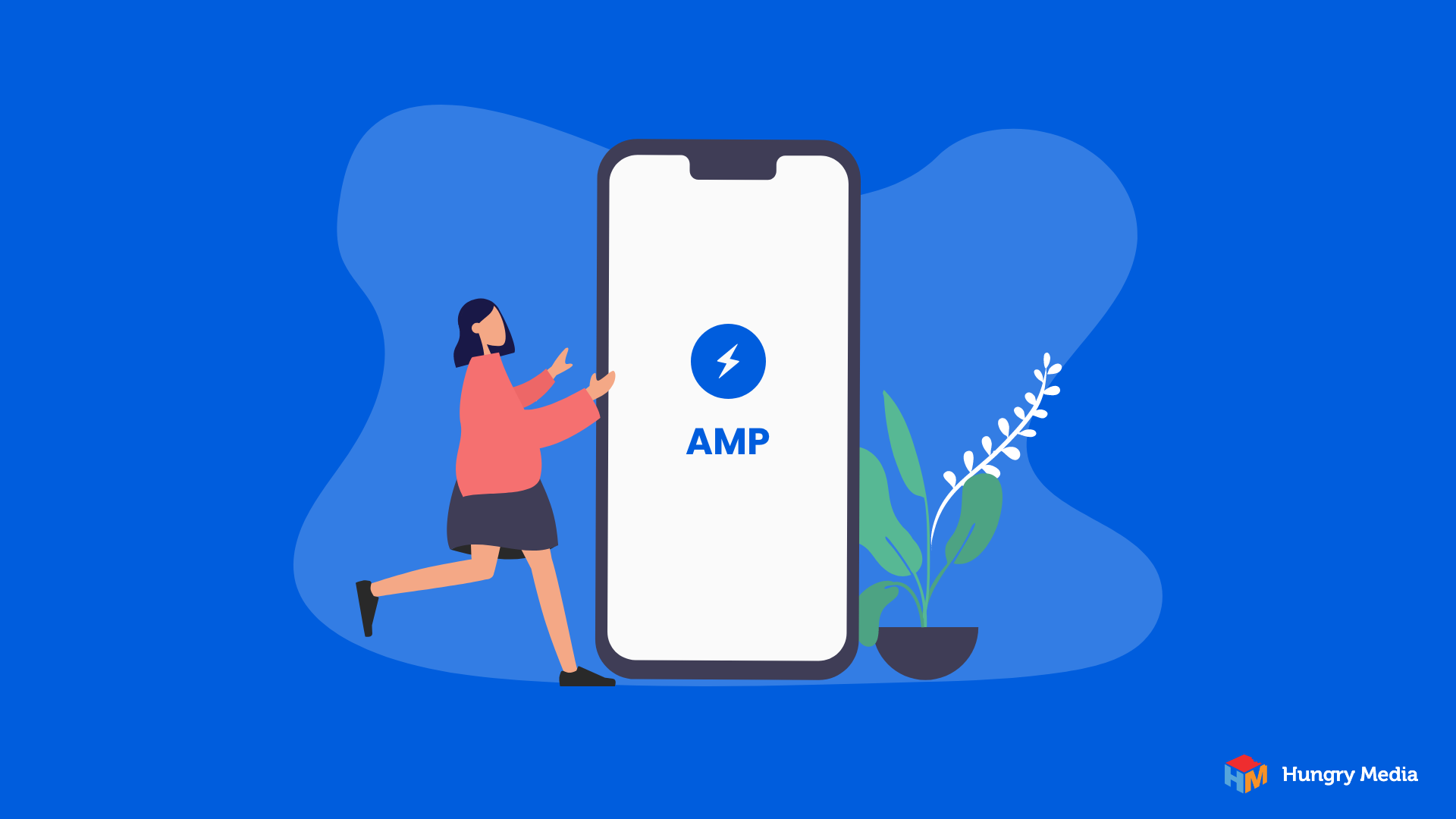
If you thought standard web design terms sound foreign, just wait until you hear some of the most common web developer terms! But don’t worry. The basic terminology of web development probably sounds like gibberish to most people.
Here, in our web development glossary we put some of the most common web development words into easily comprehendible terms. Be sure to check out the other posts in our Web Terminology 101 series: The Basics and Web Design Terms. These will help you glean an understanding of tech phrases which aren’t necessarily development-related but are certainly helpful to understand.
Accessibility
This web programming term relates to making a website accessible for people with disabilities. At the very least, all websites should follow the website guidelines outlined by the Americans with Disabilities Act. As a bonus, complying with these guidelines can make it easier for any user to navigate your website, which leads to an improved user experience and a boost in search engine optimization.
Content Management System (CMS)
A CMS is a software system used to organize, update, and maintain all that is contained within a website. This includes everything from menu items to images to blog posts. Content management systems simplify the publication process without requiring you to become a web developer.
Domain Name Server (DNS)

DNS servers connect a website’s URL to its IP address. And yes, we’ve just saddled you with more jargon-y web development terms. Here’s an analogy to help explain.
Think about the internet like a library. Each individual public website is represented by an individual book on the library shelves. Similar to the way in which a Dewey Decimal Classification indicates the exact location of a specific book on those shelves, an IP address tells us exactly where a website can be found within the world wide web.
In this analogy, the DNS is akin to the library catalog. It is a directory which connects the title of a book (domain name or URL) to that Dewey Decimal code (IP address). When you type in a web address such as www.hungrymedia.co, your web browser connects to a DNS, which looks up the IP address associated with our domain name and communicates it back to the browser. The browser, now that it knows where to look, finds our website and displays its contents on your screen.
Hypertext Markup Language (HTML)

This is one of the most common coding acronyms around. Hypertext markup language is the type of code used to construct web pages and display content such as text, images, video, and links. Usually, HTML is used in conjunction with additional languages that allow the developer to add functionality to the website.
Hyper Text Transfer Protocol Secure (HTTPS)
This programming acronym indicates that a website is using the secure version of the protocol for sending data from a web browser to a website, and back again. It encrypts all of the communication between the two, meaning the information transmitted is less susceptible to being hacked than if the secure protocol were not in use.
Plugin
Plugins are like apps for a website. In web developer terms, they are little pieces of software designed to perform a specific task or add a specific feature to a site. It’s safe to say that nearly any function you can dream of is available as a plugin. Free and paid options are available for everything from SEO, to photo carousel creation, to social media sharing buttons.
Secure Sockets Layer (SSL) Certificate
This is one of those coding abbreviations that has been around for as long as the internet. SSL is a standard security protocol which is required to establish encrypted communications between a website and a web browser. When a site has an SSL certificate, it can then include the “S” after HTTP in the web address (mentioned above).
Coding
Coding is the process of translating the design of a website into specific website building terminology like HTML or CSS. You can view the source code for any website by right clicking anywhere on the page and selecting “view source.”
Accelerated Mobile Pages (AMP)

AMP is a coding abbreviation that stands for accelerated mobile pages. This is a web standard, created by Google, with the intention of making mobile sites quicker to respond. By using a more rudimentary version of HTML, AMP enables pages with less data to load faster on mobile devises such as smart phones or tablets. Some regular web page code can’t be used for AMP, so there are limitations to the process. On the whole, though, this initiative has been widely beneficial for those on both the development and user ends of a mobile first strategy.
Application Programming Interface (API)
An API is a software intermediary responsible for connecting one website to the database of another. For instance, an API is responsible for providing airline flight availability through a booking sight like Expedia. Expedia doesn’t store the availability and pricing for every airline, rather it uses an API to connect to each airline and return accurate information to customers when they request it.
Bug

A bug is an error in website code which prevents a site from running the way it is intended. It’s impossible to test every single action available in a website or app, so sometimes bugs aren’t noticed during initial testing. Sometimes they are very obscure and only occur when a unique action is taken by a user. This is why it is very important that the steps taken prior to the error be recounted accurately. Otherwise, debugging will involve reviewing potentially thousands of lines of code until the error is found.
Open Source

Open source is a web developer term that usually refers to software which is distributed with permission for developers to change its source code. This allows for easy manipulation of the way a website looks or functions, which in turn allows businesses to meet the needs of the end user without restrictions. WordPress is the most well-known open-source software on the market.
Embed
Embedding means placing content – usually graphics or videos – directly on a web page rather than just linking to it. In this situation, users do not have to leave a page to consume additional content. As you can imagine, there are several benefits to embedding graphics or videos, namely increasing the time users spend on a page, building engagement, and hopefully improving return rates over time.
Websites Made Easy with Hungry Media
When you’re building a website or app it’s helpful to have an understanding of basic web developer terms. But don’t let all of the jargon scare you away. Hungry Media’s project managers and developers work with businesses of all sizes and tech comfort levels. Whether you’re a startup in need of a brand-new app or an established business looking to revamp an old website, we’ve got you covered. Contact us today to learn how we can help take your app or website to the next level. We can’t wait to meet you!
contributed by Melissa Lucas, senior staff writer
